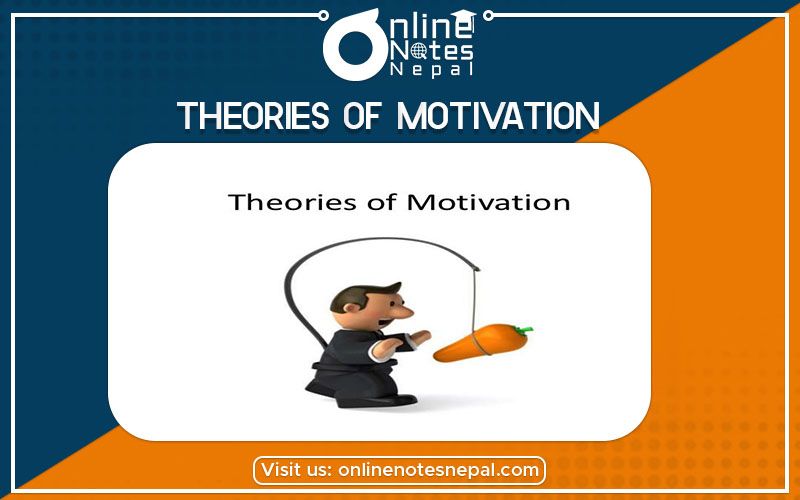Published by: Zaya
Published date: 15 Jun 2021

There are several distinct theories of motivation we will discuss in this section. Some include basic biological forces, while others seem to transcend concrete explanations. Let’s talk about the five major theories of motivation.
Instinct theory is derived from our biological make-up. They are innate and unlearned behaviour of organisms that are universal and essential for survival. It provides the energy that directs behaviour. These behaviours are more complex than simple reflexes like an eye blink, nausea, etc.
Sigmund Freud also suggested that many complex forms of behaviour stem from inherited biologically based sexual and organism instincts. All creatures are born with specific innate knowledge about how to survive.
Example; How do spiders know how to spin webs? How do birds know how to build nests?
Drive Reduction theory suggests that we are motivated due to various biological and psychological needs that push us to action to satisfy these needs.
According to Clark Hull (1943, 1952), humans have internal biological needs that motivate us to perform a certain way. These needs, or drives, are defined by Hull as internal states of arousal or tension which must be reduced. A prime example would be the internal feelings of hunger or thirst, which motivates us to eat.
According to this theory, we are driven to reduce these drives so that we may maintain a sense of internal calmness. It is also called the “Push theory of Motivation”.
Similar to Hull’s Drive Reduction Theory, Arousal theory states that we are driven to maintain a certain level of arousal to feel comfortable. Arousal refers to a state of emotional, intellectual, and physical activity. It is different from the above theory, however, because it doesn’t rely on only a reduction of tension, but a balanced amount. It also does better to explain why people climb mountains, go to school, or watch sad movies.
Remember Sigmund Freud and his five-part theory of personality. As part of this theory, he believed that humans have only two basic drives: Eros and Thanatos, or the Life and Death drives.
According to Psychoanalytic theory, everything we do, every thought we have, and every emotion we experience has one of two goals: to help us survive or to prevent our destruction. This is similar to instinct theory; however, Freud believed that the vast majority of our knowledge about these drives is buried in the unconscious part of the mind.
We demand safety in our cars, toys, and in our homes. We want criminals locked away, and we want to be protected against poisons, terrorists, and anything else that could lead to our destruction.
Although discussed last, the humanistic theory is perhaps the most well know theory of motivation.
According to this theory, humans are driven to achieve their maximum potential and will always do so unless obstacles are placed in their way. These obstacles include hunger, thirst, financial problems, safety issues, or anything else that takes our focus away from maximum psychological growth.
The best way to describe this theory is to utilize the famous pyramid developed by Abraham Maslow (1970) called the Hierarchy of Needs. Maslow believed that humans have specific needs that must be met and that if lower-level needs go unmet, we cannot possibly strive for higher-level needs.
The Hierarchy of Needs shows that at the lower level, we must focus on basic issues such as food, sleep, and safety. Without food, without sleep, how could we possibly focus on higher-level needs such as respect, education, and recognition?